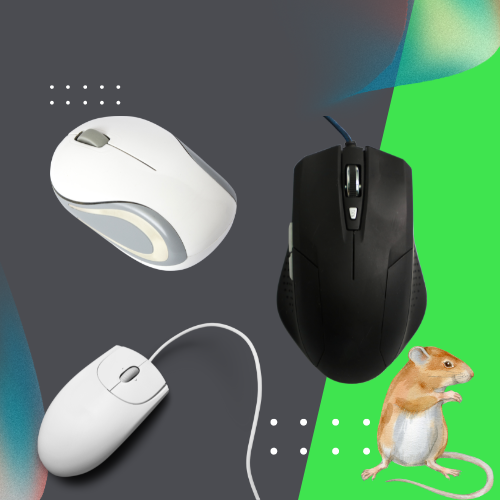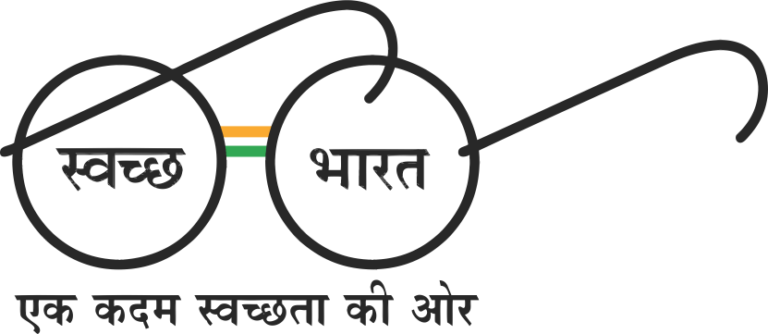 Callback Us
Callback Us

Mouse Discover
| View: 23 | 11 months ago |
### The Evolution and Impact of the Computer Mouse
The computer mouse, a small device that fits comfortably in your hand, has revolutionized the way we interact with computers. From its inception in the 1960s to its modern-day iterations, the mouse has undergone significant transformations, becoming an indispensable tool for both casual users and professionals.
#### Early Beginnings
The concept of the computer mouse originated at the Stanford Research Institute under the guidance of Dr. Douglas Engelbart. In 1964, Engelbart and his colleague Bill English created the first prototype: a wooden shell with two metal wheels, designed to navigate a graphical user interface. This invention was part of Engelbart's larger vision to augment human intellect and improve interaction with computers. The initial design was rudimentary, but it laid the foundation for future developments.
#### From Novelty to Necessity
The mouse remained relatively obscure until 1983 when Apple introduced it to the mass market with the Apple Lisa. However, it was the release of the Apple Macintosh in 1984 that truly brought the mouse into the mainstream. The Macintosh's graphical user interface, which relied heavily on point-and-click interaction, showcased the mouse's potential, making it a critical component of personal computing.
Microsoft soon followed suit, incorporating mouse support in its early Windows operating systems. As software applications became more sophisticated, the demand for a precise and efficient input device grew, solidifying the mouse's place in computing.
#### Technological Advancements
Over the years, the computer mouse has seen numerous technological advancements. The transition from mechanical to optical sensors in the late 1990s marked a significant improvement. Optical mice use light to detect movement, offering greater precision and eliminating the need for a mouse pad. This technology paved the way for laser mice, which further enhanced accuracy and allowed for use on a wider variety of surfaces.
Wireless technology also revolutionized the mouse. The introduction of radio frequency (RF) and later Bluetooth-enabled mice provided users with greater flexibility and reduced desktop clutter. Additionally, the ergonomic design has become a crucial focus, with manufacturers producing mice that cater to various hand sizes and grip styles, minimizing the risk of repetitive strain injuries.
#### Modern Innovations
Today, the computer mouse continues to evolve. High-end models feature customizable buttons, adjustable sensitivity settings, and even RGB lighting for aesthetic appeal. Gaming mice, in particular, have pushed the boundaries of performance, with ultra-high polling rates and precision tracking designed to meet the demands of competitive gaming.
Furthermore, the rise of multi-touch technology and trackpads has introduced new input methods. However, the mouse remains irreplaceable for tasks requiring high precision, such as graphic design and detailed data manipulation.
#### Conclusion
The computer mouse has come a long way from its humble beginnings. It has not only transformed how we interact with computers but also how we work, play, and communicate. As technology continues to advance, the mouse will undoubtedly evolve, but its fundamental role in human-computer interaction is here to stay. This small, yet powerful device exemplifies the profound impact that thoughtful design and innovation can have on our daily lives.







